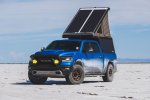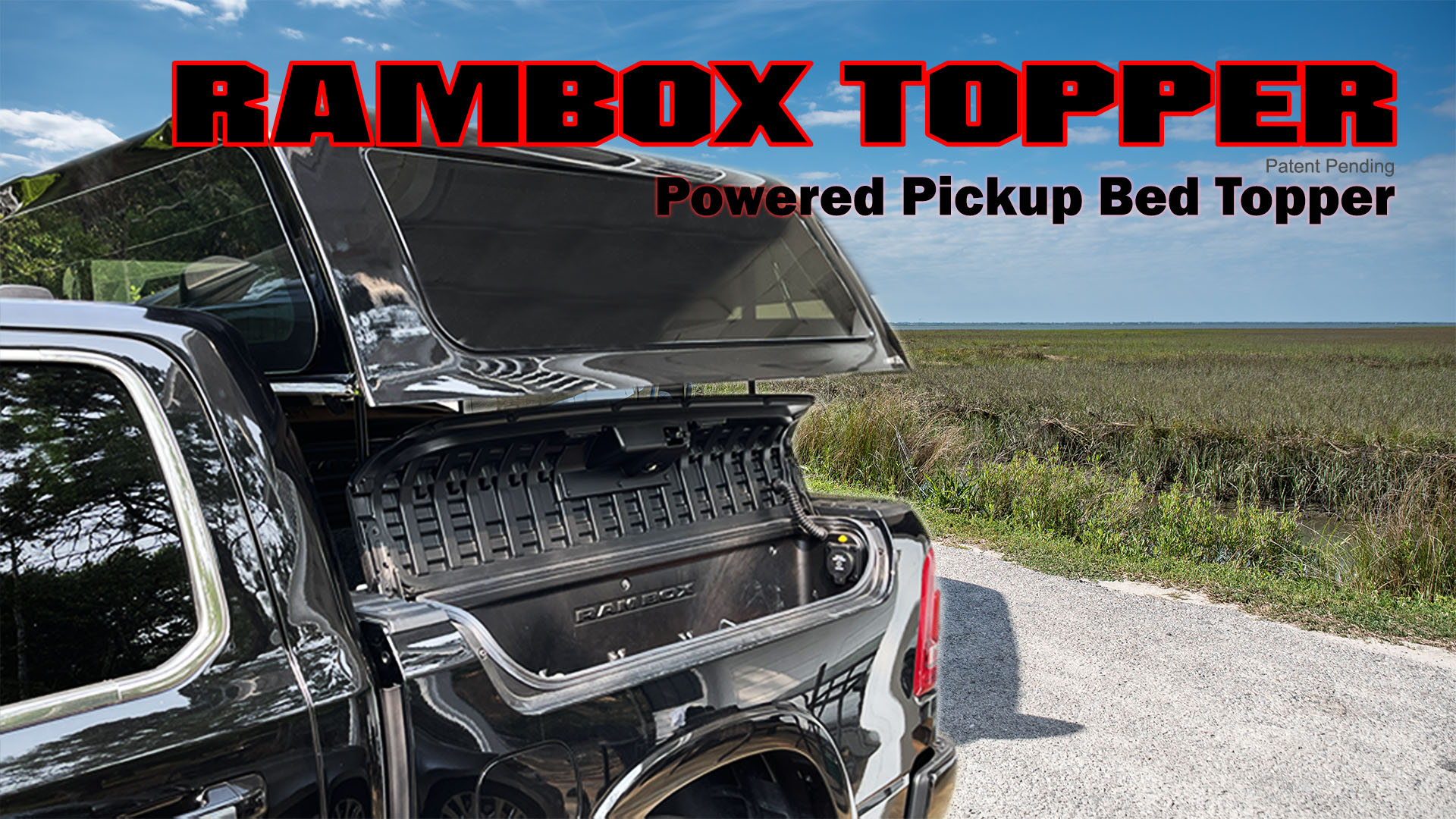i can help you with this question even though I THINK i posted about it before (but I never got to update it)
View attachment 191451
Questions you need to ask yourself: how are you going to mount the panel on the roof and are you ready to deal with those consequences?
There 2 ways to mount panels to the roof. One is flexible panel stick on, the other is hard panel mounted to the roof rack.
Two problems with those here: 1. how are you going to deal with the double sided tape/ glue when panel goes bad and you need to replace it, especially you run the chance of damaging the paint on the roof, and 2. are you ready to deal with the roof rack? There are 2 types of roof rack: drill and no drill. Drilling the roof requires you to do ample waterproofing, are you capable of making sure doing a great job sealing it? No drill require the use of clamp on types of roof rack, and as someone who does this a lot and build overlanding/ offroading rigs for career, I DO NOT trust those clamp on types to hold. Nuts and bolts are the way to go.
Is it doable? Yes absolutely but at a great cost.
The 2 panels I got on top of my camper are Bouge RV Yuma 200w CIGS Flex Panel, and they retail at $599.99 EACH. These are significantly more expensive than other panels, but these are the best performing ones out there. Real world conversion rate is significantly higher than cheaper alternatives (when competitions are pushing 140W out of 200w panel, these are pushing 180W out of 200W panel), and even if partially obstructed these will still push power at a reduced rate while cheaper ones straight up would stop making power.
I use a Renogy 50A DC-DC charger with MPPT to charge my 100AH LiFEPO4 in the camper. This is a smart charger, meaning it automatically switches from charging the house battery from alternator or solar depending on solar output, and can top off starting battery via solar as needed. There's a ignition trigger wire that you must connect so the smart charger knows you have a smart alternator system (not mild hybrid system, but smart alternator). I've ran it for over a year and ran it 50 days straight on my trip to Alaska and Arctic Ocean and back, and it's still going good. This unit is around $300. *Be sure to buy from Renogy direct and not Amazon because the Amazon options are the old version, and solar is capped at 25A while the new version sold at Renogy website has full 50A solar capability). I've yet to see any issue with e-torque with this setup, and the starting battery still remains at the same charging habit as before (when the truck was brand new bone stock - voltage drop down to the 12s while cruising after hours of driving).
HOWEVER, if I was to do this again, I'd get the only other option there are: Redarc. This is due to few of my friends not having good experience with Renogy products and their after-sales performance (which, honestly I've experienced as well and I considered swapping, but due to urgentness of my need to install this before my big trip I had to stay with Renogy because this is the only option in stock at the time). Redarc is about double the price, but it is the trusted brand for professionals and their after-sale department is great.
If you want to know more, have a read here:
Boogielander Build – Part 10 – In-depth View of Electrical System for
And as usual,
NEVER BUY CHEAP CHINESE PRODUCTS OR UNKNOWN BRANDED PRODUCTS.












